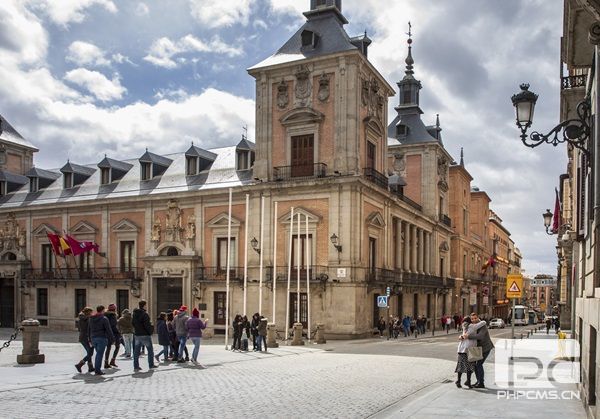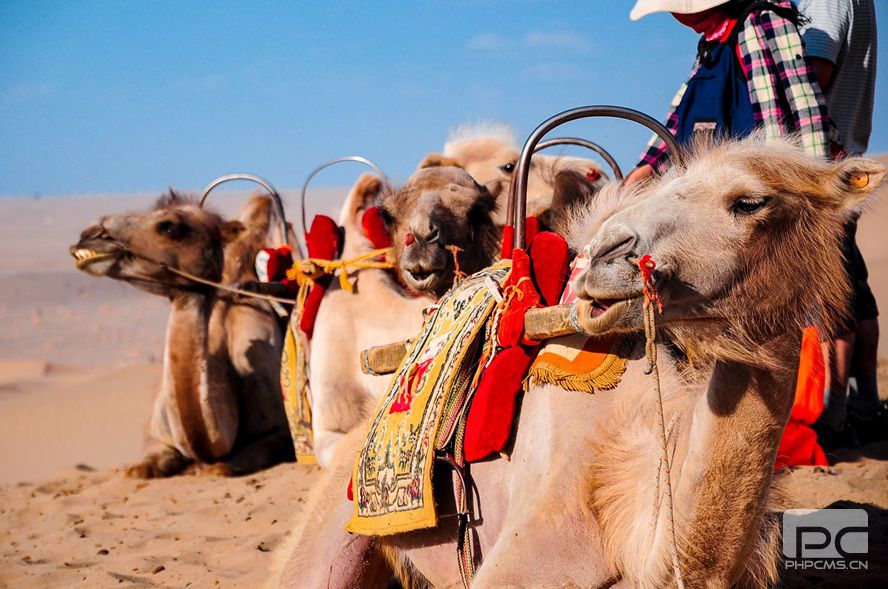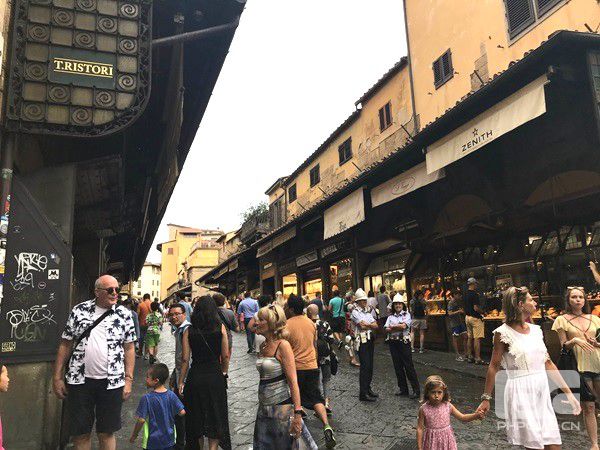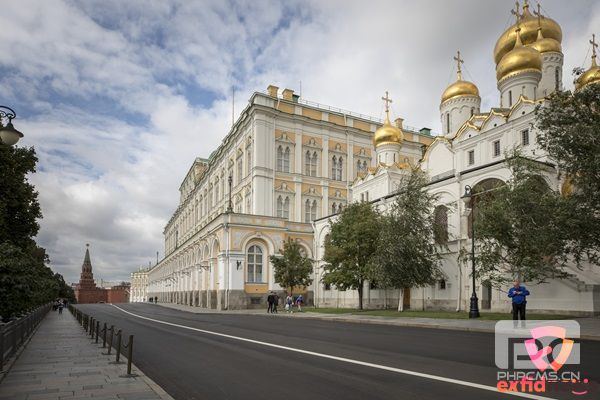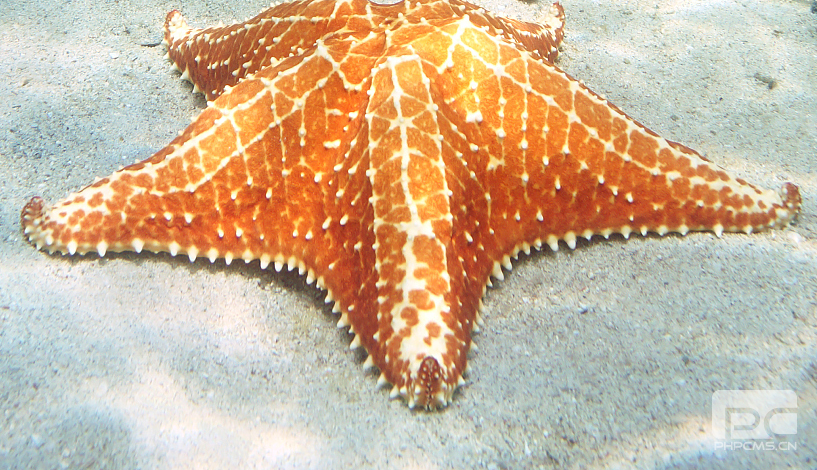Día de los Muertos, known in English as Day of the Dead, is a cherished Mexican tradition with roots stretching back thousands of years.
In the United States, you've likely encountered the iconic symbols often associated with this holiday: papel picado (colorful paper with intricate cutouts), calaveras (skulls), and vibrant marigold flowers. The holiday also gained significant attention in the movie "Coco" and the opening scene of "Spectre."
Day of the Dead is a homage to the afterlife, a day set aside to honor the departed and keep their memory alive. Unlike Halloween, historically intended to ward off evil spirits, Day of the Dead is more about paying tribute to loved ones who have passed.
Here's what you should know about this special day.
When is Day of the Dead?
Day of the Dead always commences on November 1 and concludes on November 2. During these days, it is believed that the spirits of the deceased return home to reunite with their families.
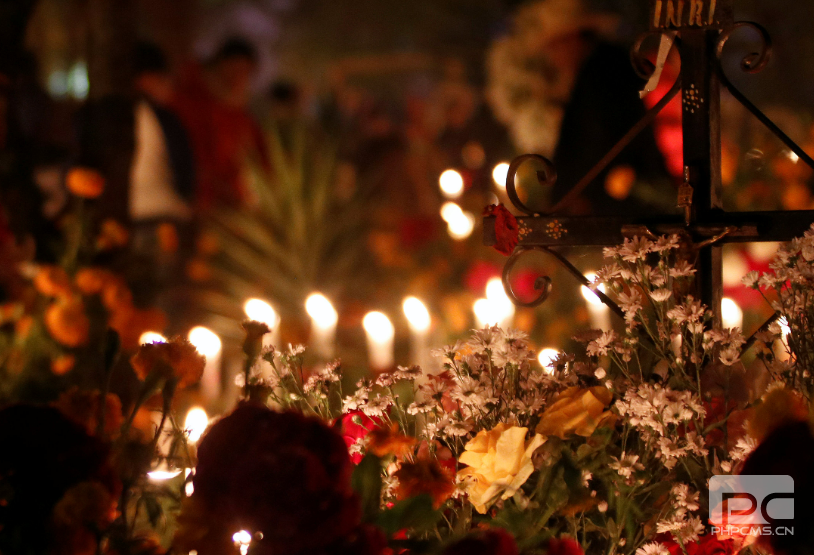
Who celebrates Day of the Dead?
While Day of the Dead is primarily associated with Mexico, other countries, even beyond Latin America, also celebrate their unique variations of the holiday. In the Philippines, this holiday is known as Undas and is observed during the first two days of November. Just like in Mexico, Filipinos visit the graves of their loved ones and set up altars in their memory.
In Haiti, it is called Fèt Gede, the Festival of the Dead. People don white, black, and purple attire, while parades take place throughout the nation.
What are the origins of Day of the Dead?
Day of the Dead has its origins in the practices of Indigenous people in the Americas, most notably the Aztecs. The Aztecs had a ritual known as Miccaihuitl, dedicated to honoring the departed.
However, when the Spanish arrived in the Americas, they introduced Catholicism, which had its own commemorations: All Saints' Day (November 1) and All Souls' Day (November 2), both dedicated to remembering those who have passed. The Spanish amalgamated their customs with Indigenous traditions, giving rise to Día de los Muertos.
What are Day of the Dead traditions?
Many individuals honor Day of the Dead by visiting the graves of deceased relatives and loved ones. These visits are not necessarily mournful; instead, they involve cleaning the graves and decorating them with flowers. Some people offer prayers, while others play music.
The atmosphere is akin to a festivity, replete with music, food, and drinks. People come together to share anecdotes about their loved ones, ensuring their memory lives on.
In various Mexican cities, the day is marked by parades and festivals. Many paint their faces to resemble a bare skull and don costumes. Women, in particular, may attire themselves as La Catrina, a tall female skeleton often depicted in an elegant gown and an extravagant hat gracefully perched atop her head.
Though figures like La Catrina have become emblematic of Día de los Muertos, the concept originates from Mexican artist José Guadalupe Posada, who created it in 1910 as a satire of Mexico's upper classes.
What are ofrendas?
Among the most sacred elements of Day of the Dead are the altars, known as ofrendas. These altars are constructed in homes, schools, or public places to pay tribute to the departed.
Family members top the altar with a prominent photograph of the loved one, alongside colorful papel picado, which translates to "perforated paper." These colorful tissue papers symbolize air, as the altars are intended to represent the four elements. Marigold petals adorn the altars, guiding the spirits home with their vibrant colors and fragrant scent. Candles, used both to illuminate the path and symbolize the departed, are a common sight on ofrendas. You'll also find pan de muerto, a traditional Mexican sweet bread rooted in Aztec customs. Sugar skulls, another common addition to ofrendas, symbolize the enduring nature of death.
In the United States, you've likely encountered the iconic symbols often associated with this holiday: papel picado (colorful paper with intricate cutouts), calaveras (skulls), and vibrant marigold flowers. The holiday also gained significant attention in the movie "Coco" and the opening scene of "Spectre."
Day of the Dead is a homage to the afterlife, a day set aside to honor the departed and keep their memory alive. Unlike Halloween, historically intended to ward off evil spirits, Day of the Dead is more about paying tribute to loved ones who have passed.
Here's what you should know about this special day.
When is Day of the Dead?
Day of the Dead always commences on November 1 and concludes on November 2. During these days, it is believed that the spirits of the deceased return home to reunite with their families.

Who celebrates Day of the Dead?
While Day of the Dead is primarily associated with Mexico, other countries, even beyond Latin America, also celebrate their unique variations of the holiday. In the Philippines, this holiday is known as Undas and is observed during the first two days of November. Just like in Mexico, Filipinos visit the graves of their loved ones and set up altars in their memory.
In Haiti, it is called Fèt Gede, the Festival of the Dead. People don white, black, and purple attire, while parades take place throughout the nation.
What are the origins of Day of the Dead?
Day of the Dead has its origins in the practices of Indigenous people in the Americas, most notably the Aztecs. The Aztecs had a ritual known as Miccaihuitl, dedicated to honoring the departed.
However, when the Spanish arrived in the Americas, they introduced Catholicism, which had its own commemorations: All Saints' Day (November 1) and All Souls' Day (November 2), both dedicated to remembering those who have passed. The Spanish amalgamated their customs with Indigenous traditions, giving rise to Día de los Muertos.
What are Day of the Dead traditions?
Many individuals honor Day of the Dead by visiting the graves of deceased relatives and loved ones. These visits are not necessarily mournful; instead, they involve cleaning the graves and decorating them with flowers. Some people offer prayers, while others play music.
The atmosphere is akin to a festivity, replete with music, food, and drinks. People come together to share anecdotes about their loved ones, ensuring their memory lives on.
In various Mexican cities, the day is marked by parades and festivals. Many paint their faces to resemble a bare skull and don costumes. Women, in particular, may attire themselves as La Catrina, a tall female skeleton often depicted in an elegant gown and an extravagant hat gracefully perched atop her head.
Though figures like La Catrina have become emblematic of Día de los Muertos, the concept originates from Mexican artist José Guadalupe Posada, who created it in 1910 as a satire of Mexico's upper classes.
What are ofrendas?
Among the most sacred elements of Day of the Dead are the altars, known as ofrendas. These altars are constructed in homes, schools, or public places to pay tribute to the departed.
Family members top the altar with a prominent photograph of the loved one, alongside colorful papel picado, which translates to "perforated paper." These colorful tissue papers symbolize air, as the altars are intended to represent the four elements. Marigold petals adorn the altars, guiding the spirits home with their vibrant colors and fragrant scent. Candles, used both to illuminate the path and symbolize the departed, are a common sight on ofrendas. You'll also find pan de muerto, a traditional Mexican sweet bread rooted in Aztec customs. Sugar skulls, another common addition to ofrendas, symbolize the enduring nature of death.




Copyright © 2023.Yooke studio All rights reserved.
PKWEEKLY NEWS


